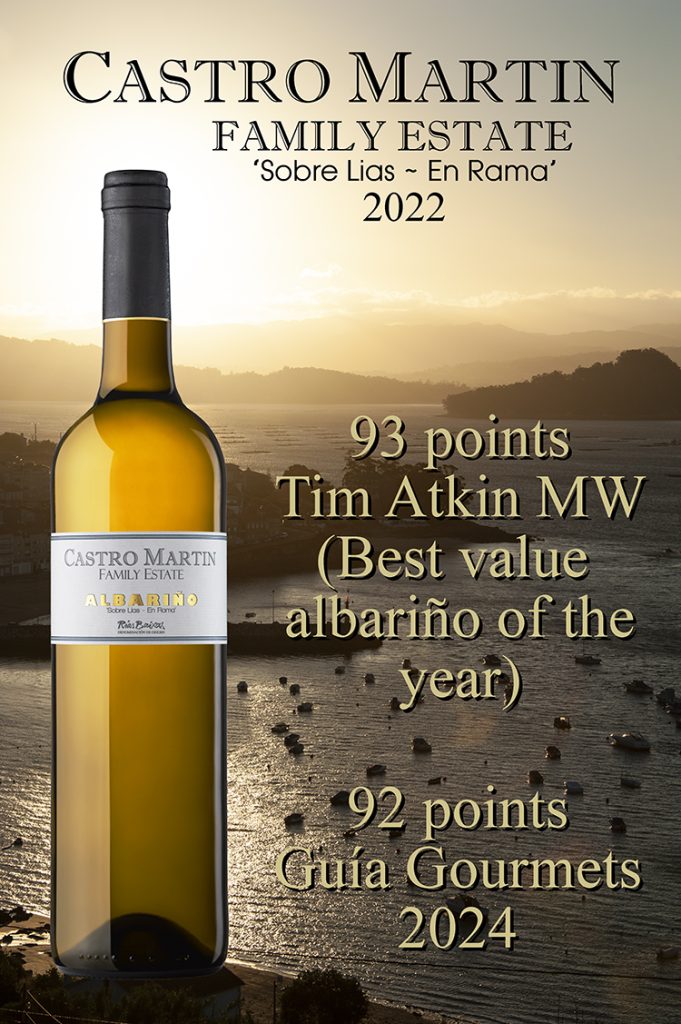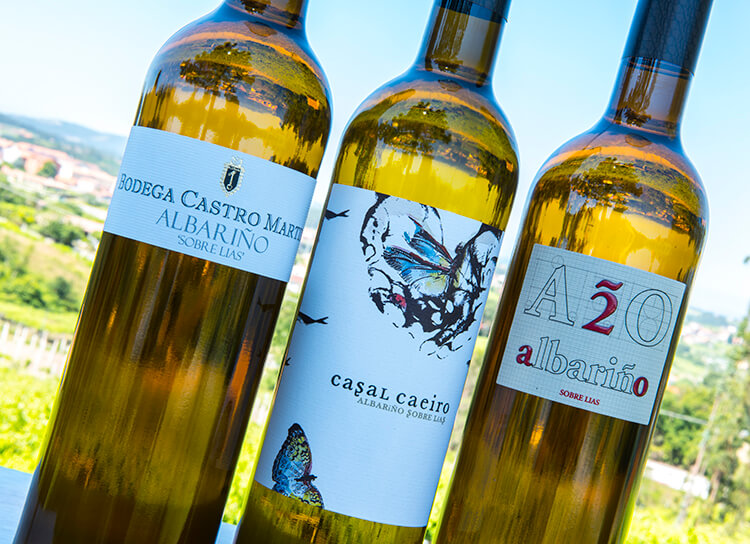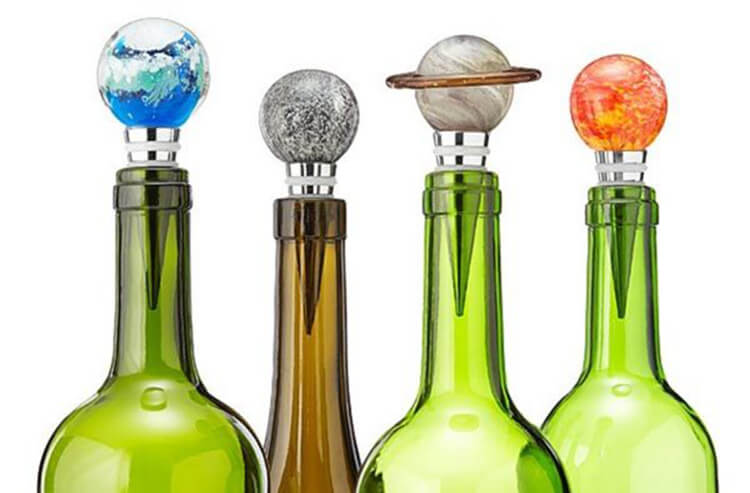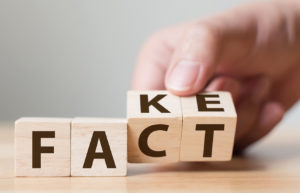[:en] OK, perhaps I am biased, but I have to admit that I am rather fond of our 2016 Family Estate wine. That’s not to say that I don’t normally like it, it’s simply that I think that the 2016 is singularly good. From their tasting notes below, I would say that our Australian friends appear to think the same. This is perhaps one of the most detailed tasting notes I have ever read, and to be honest, I haven’t even heard of half of the fruits that they mention!
OK, perhaps I am biased, but I have to admit that I am rather fond of our 2016 Family Estate wine. That’s not to say that I don’t normally like it, it’s simply that I think that the 2016 is singularly good. From their tasting notes below, I would say that our Australian friends appear to think the same. This is perhaps one of the most detailed tasting notes I have ever read, and to be honest, I haven’t even heard of half of the fruits that they mention!
Castro Martin Family Estate ‘Sobre Lias’ 2016
A fine sandy colour with a touch of green, this is a young varietal Albariño with a significant future.
A golden fruit nose carries granitic sand’s talcy-minerality. The fruit is sliced apple and nashi flesh with a hint of spicy breakfast radish and waft of paddymelon skin. To taste, the gorgeously rounded prickly pear fruit has an enlivened sweet-sour tug, thanks to a tangle of subtle green elements – tarragon, watermelon skin, mint, lime. But the mouthfeel really is the thing! At first, trademark Salnes Valley acidity is prominent, along with Atlantic saline and granitic edginess – these are textural and flavoursome, far from simply sharp, and house a wine of great fleshy depth. Below and within the acid frame, a surprisingly powerful bell of lively, spiced rich fruit pushes out, revealing the hidden, raw power of Albariño, from a very fine tank of supremely textural fruit. Astonishing already, with 2-3 years of positive development ahead of it, this delicious wine sets a new benchmark for Albariño.
A recent article from the Wine Enthusiast would also appear to support the’typicity’ of this wine:
Val do Salnés: The Birthplace of the Grape
If Rias Baixas is the homeland of Albariño, Val do Salnés is the grape’s birthplace. Surrounding the historic town of Cambados, Val do Salnés boasts the highest concentration of wineries and vineyards. This sub-region’s Atlantic Coast location provides perfectly cool and wet conditions for Albariño to thrive. Combined with rocky, granitic soils, ocean breezes contribute a distinct saline minerality to the wine, while firm acidity supports citrus and melon notes. – Wine Enthusiast – USA
[:es]OK, perhaps I am biased, but I have to admit that I am rather fond of our 2016 Family Estate wine. That’s not to say that I don’t normally like it, it’s simply that I think that the 2016 is singularly good. From their tasting notes below, I would say that our Australian friends appear to think the same. This is perhaps one of the most detailed tasting notes I have ever read, and to be honest, I haven’t even heard of half of the fruits that they mention!
Castro Martin Family Estate ‘Sobre Lias’ 2016
A fine sandy colour with a touch of green, this is a young varietal Albariño with a significant future.
A golden fruit nose carries granitic sand’s talcy-minerality. The fruit is sliced apple and nashi flesh with a hint of spicy breakfast radish and waft of paddymelon skin. To taste, the gorgeously rounded prickly pear fruit has an enlivened sweet-sour tug, thanks to a tangle of subtle green elements – tarragon, watermelon skin, mint, lime. But the mouthfeel really is the thing! At first, trademark Salnes Valley acidity is prominent, along with Atlantic saline and granitic edginess – these are textural and flavoursome, far from simply sharp, and house a wine of great fleshy depth. Below and within the acid frame, a surprisingly powerful bell of lively, spiced rich fruit pushes out, revealing the hidden, raw power of Albariño, from a very fine tank of supremely textural fruit. Astonishing already, with 2-3 years of positive development ahead of it, this delicious wine sets a new benchmark for Albariño.
A recent article from the Wine Enthusiast would also appear to support the’typicity’ of this wine:
Val do Salnés: The Birthplace of the Grape
If Rias Baixas is the homeland of Albariño, Val do Salnés is the grape’s birthplace. Surrounding the historic town of Cambados, Val do Salnés boasts the highest concentration of wineries and vineyards. This sub-region’s Atlantic Coast location provides perfectly cool and wet conditions for Albariño to thrive. Combined with rocky, granitic soils, ocean breezes contribute a distinct saline minerality to the wine, while firm acidity supports citrus and melon notes. – Wine Enthusiast – USA
[:]












